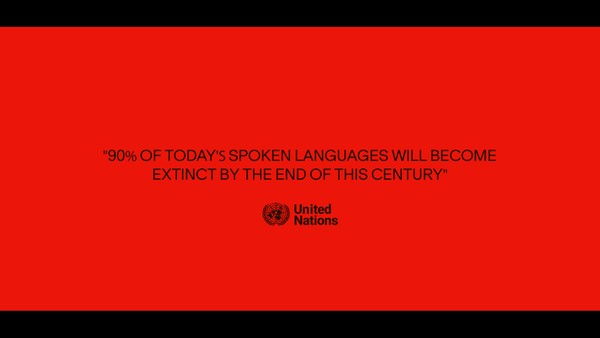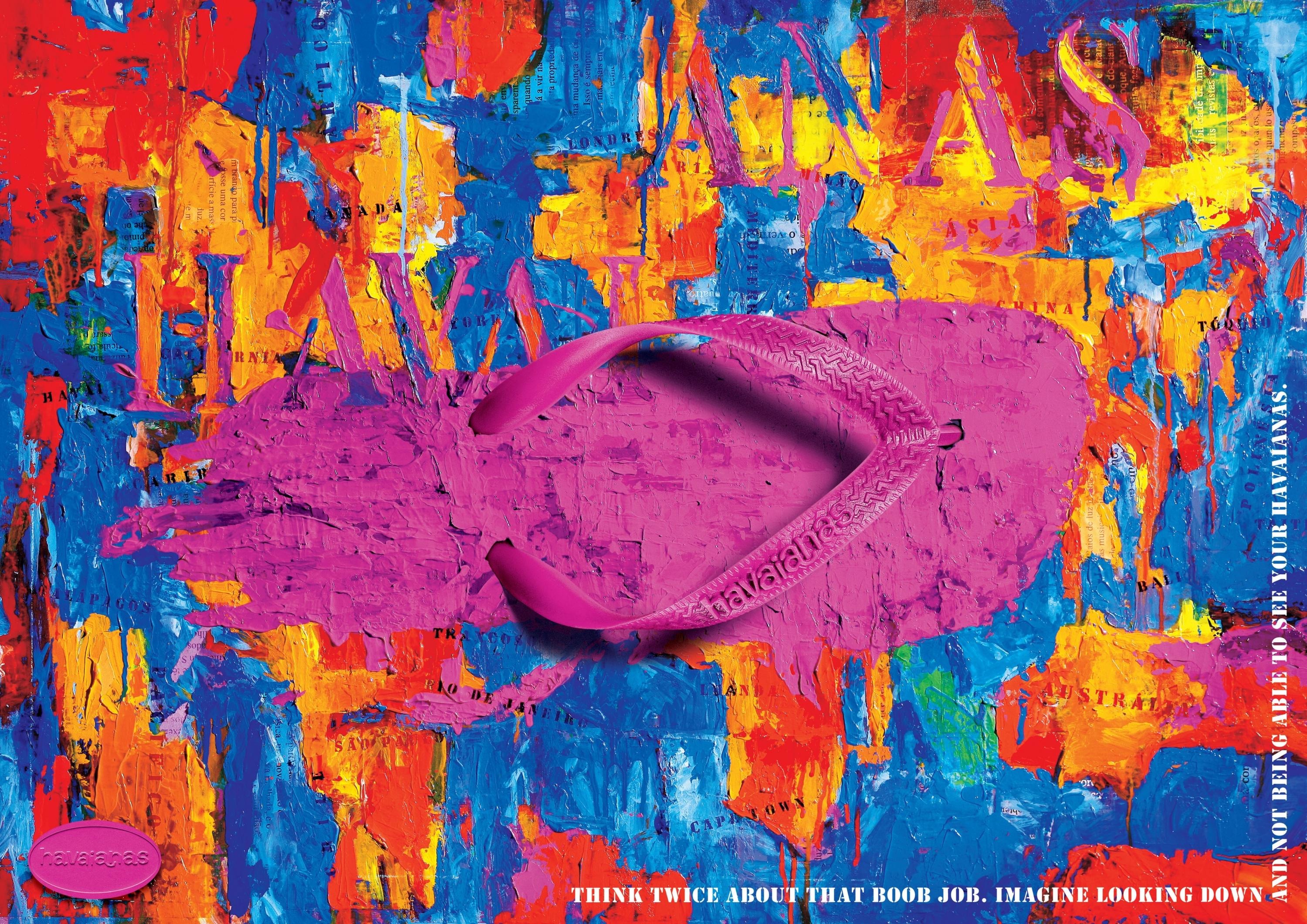Cannes Lions
ADLaM - An Alphabet to Preserve a Culture
McCANN, New York / MICROSOFT / 2023
Awards:





Overview
Entries
Credits
OVERVIEW
Background
The Fulani people of West Africa are the world’s largest nomadic group.
Pulaar, their native tongue, existed without an alphabet for generations. They relied on spoken word to pass down traditions, codify their history, and conduct business. Without an alphabet, illiteracy thrives and written records, poems, songs and stories must be cobbled together using various foreign alphabets. Determined to preserve their people’s language, two brothers, Ibrahima and Abdoulaye Barry, created a handwritten alphabet for Pulaar— ADLaM.
In 2023, the vast majority of the world communicates exclusively in the digital landscape. An alphabet is only as good as people’s ability to use it for texting, emailing and collaborating. A modern alphabet must be available on computers in order to be relevant and functional.
The objective was to turn ADLaM into a globally recognized and digitally used mode of communication for the 40 million Fulani across the planet.
Idea
To help preserve the Pulaar language — and help fight illiteracy within the community — we worked with the Barry brothers to rebuild ADLaM for the digital age and put it in the hands of the 40 million Fulani across the globe connecting through technology.
While alphabets usually take hundreds of years to evolve into their final form, we were able to speed the process, using real-time community feedback to revise ADLaM’s outdated letterforms.
This new version of the alphabet is being made accessible on over one billion devices around the world, enhancing the Fulani’s access to educational, business and social tools—ensuring both the language and culture ADLaM represents live on for generations.
And because schools are the primary entry point for learning the alphabet, we developed a collection of learning materials — books and posters in print and digital — that celebrate the rich culture of the Fulani.
Strategy
How do you help preserve a culture? The 40-million-person diaspora remained connected online using language cobbled together from various foreign alphabets. For generations, they’ve relied on the spoken word of Pulaar — their native tongue — to pass down traditions and history, and to conduct business. But as their culture transferred to the digital world, their language needed to as well.
We aimed to help the Fulani people in the preservation of their culture by creating a new and optimized version of their new alphabet — ADLaM — that would help them navigate an increasingly digital world on their own terms.
As part of our strategy, we also wanted to fight the high illiteracy rates in the Fulani. By making ADLaM letterforms easier to read and write, and optimizing them for digital spaces, students around the world would feel more included as the community advanced into the 21st Century.
Execution
Once ADLaM was initially encoded on Windows with the help of keyboard experts, font specialists and Windows operating system leads, community feedback revealed major revisions were needed to make the alphabet easier to learn, read and write. With the Barry brothers, typeface experts and Fulani graphic culture specialists, we revised the letterforms of the alphabet, creating a new and optimized version designed to work in Microsoft systems.
We took inspiration from Fulani’s visual culture. Traditional khasas (blankets), arkillas (bed-screens), facial tattoos and decorative objects showcased unique patterned designs with historical and cultural significance. We researched hundreds of traditional textile patterns and designs, uncovering their unique meanings to define the final form of the characters. “Kore Totte” (inverted calabashes) was the motif that resonated the most with the Fulani community and was a crucial element implemented into the design of the alphabet. By weaving their heritage into the solution, they saw themselves, instilling them with pride and ownership of the new alphabet.
The revised alphabet is being made accessible on over 1 billion devices running Microsoft 365 Office apps across desktop and mobile, through a new typeface — ADLaM Display.
We then helped develop learning tools to promote literacy in Guinean schools, including the “ABCs of Fulfulde” children’s book, classroom posters designed to teach the alphabet and the “Learn to Write Book,” a book of materials and activities for learning how to write the letters. All materials were also digitized to be used on classroom computers.
Outcome
These combined efforts helped ADLaM gain popularity within the Fulani community — helping secure the future of the alphabet and their culture for future generations:
1. ADLaM is being made accessible on over 1 billion devices worldwide.
2. The alphabet will also be used to preserve the Bambara, Bozo and Dogon languages due to shared phonology and syntax with Pulaar.
3. Guinea’s Minister of Education is taking steps to ensure ADLaM is recognized as Pulaar’s official alphabet.
4. The first two ADLaM-focused schools will open this year in Guinea and for the first time, allow Fulani children to study a full curriculum in their native tongue.
5. The Government of Mali is in the process of recognizing ADLaM as an official alphabet in their constitution.
6. The new alphabet is being used on social media to fight illiteracy.The project also sparked the co-creation of the first ADLaM dictionary, through #ADLaMRe.
Similar Campaigns
12 items






